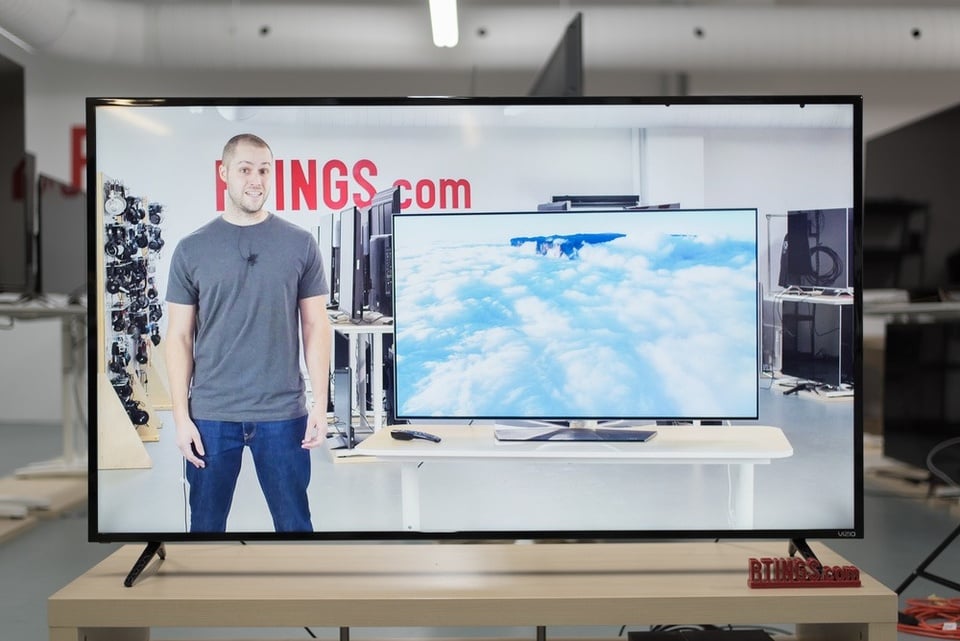 |
Viewing distance is one of the important factors when choosing TV size. Photo: Rtings . |
Choosing a TV today is not simple, especially when the market has many models with different brands, prices and technologies.
Among the factors to consider when buying a TV, screen size is a detail that customers often overlook. Many people think that the bigger the TV, the better, but for the best experience, choosing the right TV size also depends on the viewing distance and screen resolution.
Important factors
In reality, TV resolution doesn’t really matter anymore. Some TVs still use Full HD 1080p or lower, but that resolution is no longer available on large screens. With so little 8K content available, most people will opt for 4K TVs.
Viewing distance is the other important factor. This is the average distance between where you normally sit and the screen. Depending on whether you mount your TV on a wall or place it on a shelf, the optimal distance will be slightly different.
According to Rtings , viewing distance directly affects the viewing range. For example, with the Sony X800E (43-inch size), the viewing distance is too far, resulting in a viewing range of only 20 degrees. This makes it difficult to see small details when playing games or watching movies, buttons or text are almost impossible to see clearly.
 |
TV viewing range 20 degrees (left) and 30 degrees (right). Photo: Rtings . |
If you move the TV closer, the viewing range can increase to 30 degrees, helping to capture and distinguish details on the screen clearly. This also provides a comfortable gaming experience as interface elements and text are more visible.
Likewise, placing the TV too close to you is not optimal. Having the TV completely fill your field of view can make watching a movie more immersive. However, this arrangement can be uncomfortable for certain types of content, such as sports or gaming, which require constant eye movement to follow the action.
In general, large TVs are great for watching movies, but not always optimal for content that requires a wide viewing angle. The chart below shows the appropriate TV size based on viewing distance, meeting the optimal viewing range (30-40 degrees).
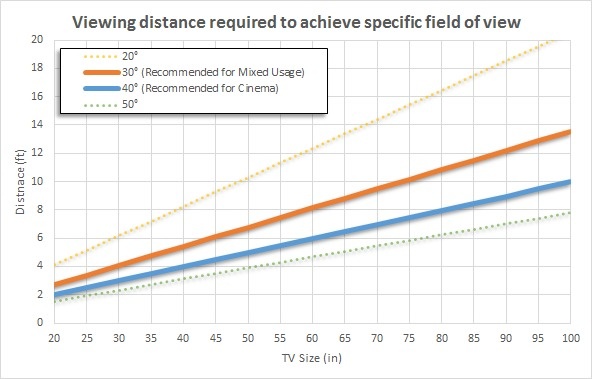 |
Suitable TV size and viewing distance for 30-40 degree viewing range. Photo: Rtings . |
A minimum field of view of 30 degrees is recommended by the Society of Motion Picture and Television Engineers (SMPTE). This is a basic standard for most uses, but can be tweaked to suit personal preferences. For example, a 40-degree field of view might be considered if you want a more immersive movie experience, or if you want to play a story-driven game.
Of course, the above recommendation is for reference only. If you really want to enhance your movie viewing experience, you can choose a large TV, placed close to achieve a viewing range of more than 40 degrees. However, a range of less than 30 degrees is not recommended because small details and text may be difficult to read.
If you're still undecided, tape some tape to your wall to simulate the size, giving you a better idea of the viewing area. The website Display Wars also helps you compare different monitor sizes.
Other criteria
In addition to viewing range and distance, there are a few additional factors to consider when choosing a TV size. The first is content quality. Buying a 4K TV doesn't mean all content will be 4K quality, or that it will be sharp.
Currently, most online entertainment services offer 4K content with some packages. However, due to video compression algorithms or Internet quality, users may still see some phenomena when watching 4K movies such as noise, blurriness or pixelation.
With the price of large TVs getting cheaper, many people wonder whether they should choose a large size, a medium product line or a small size but a high-end product line. In general, you should prioritize choosing the right size, then consider the model according to your financial ability.
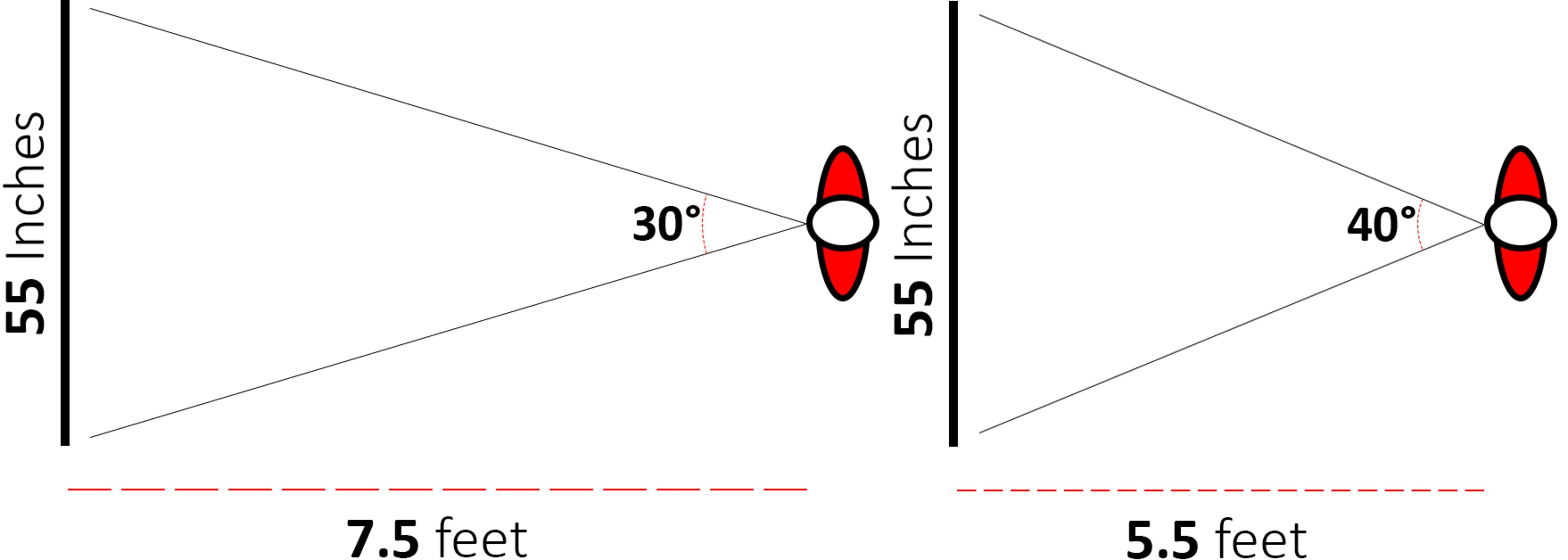 |
For the same TV size, a closer viewing distance means a wider viewing range, but it may not be suitable for all types of content. Photo: Rtings . |
In reality, the answer depends on your needs. For example, if you plan to move to a larger house (room) in the next year, choosing a large TV is still completely appropriate.
Another factor is angular resolution, which represents the ability to distinguish individual details in an image. Experts say that people with 6/6 vision can distinguish objects at a distance of 6 meters.
Depending on your eyesight, the distance will vary. If you sit too far away, your eyes will not be able to see all the images clearly, while if you sit too close, the images may be blurry or pixelated.
Nowadays, most TVs have 4K resolution, so eyesight does not have a big impact on purchasing decisions. Instead, consider this factor to calculate the closest distance you can sit in front of the TV and still see the image clearly.
Source: https://znews.vn/chon-kich-thuoc-tv-ra-sao-de-xem-da-nhat-post1595963.html



![[Photo] Prime Minister Pham Minh Chinh chairs meeting on nuclear power plant construction](https://vphoto.vietnam.vn/thumb/1200x675/vietnam/resource/IMAGE/2025/10/22/1761137852450_dsc-9299-jpg.webp)

















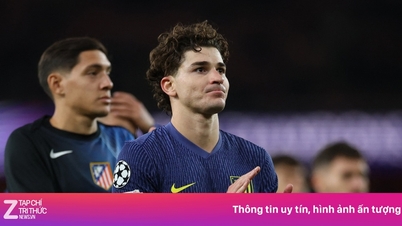

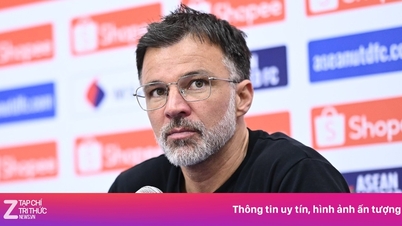













































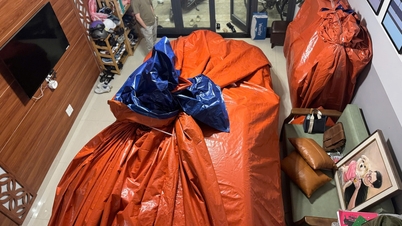































Comment (0)